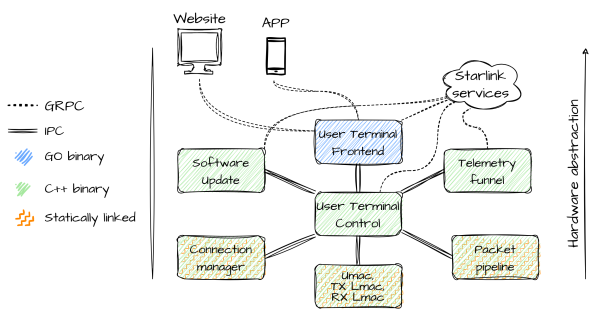
Generally when you crack open a cheap car-to-USB charger unit that came with some widget, you do not expect to find anything amazing inside. That’s why it was such a surprise to [Big Clive] when said car USB charger revealed a blast from the past in the form of an MC34063. This is a switching regulator that supports buck, boost and inverting topologies, but perhaps it most notable feature is that it was first produced by Motorola in the early 1980s.
This particular IC is marked as having been produced by ON Semiconductor which means that it’s technically still manufactured by Motorola – with ON Semiconductor being the Phoenix division that was spun off in 1999 – but it’s somewhat remarkable that this particular chip isn’t only produced by ON Semi today, but also by Texas Instruments. Much like the venerable NE555 timer IC and Intel’s 8051 MCU architecture, it would seem that certain chips and designs are simply made to become commodities in the future.
This appears to be the case for the MC34063 as well, which may lack some niceties of more modern ICs, such as built-in thermal protection, and it switches at only up to 100 kHz, but it can be bought for peanuts, has a wide input voltage range of 3 to 40 V, can switch up to 1.5 A and supports multiple common topologies. Often a 100 kHz switching regulator is all you need, in which case it’s handy to have a stack of such commodity chips lying around, plus the MC34063 comes in PDIP packaging as well, which is a boon for prototyping.
Continue reading “An Unexpected Appearance Of An Iconic Motorola Chip”


















